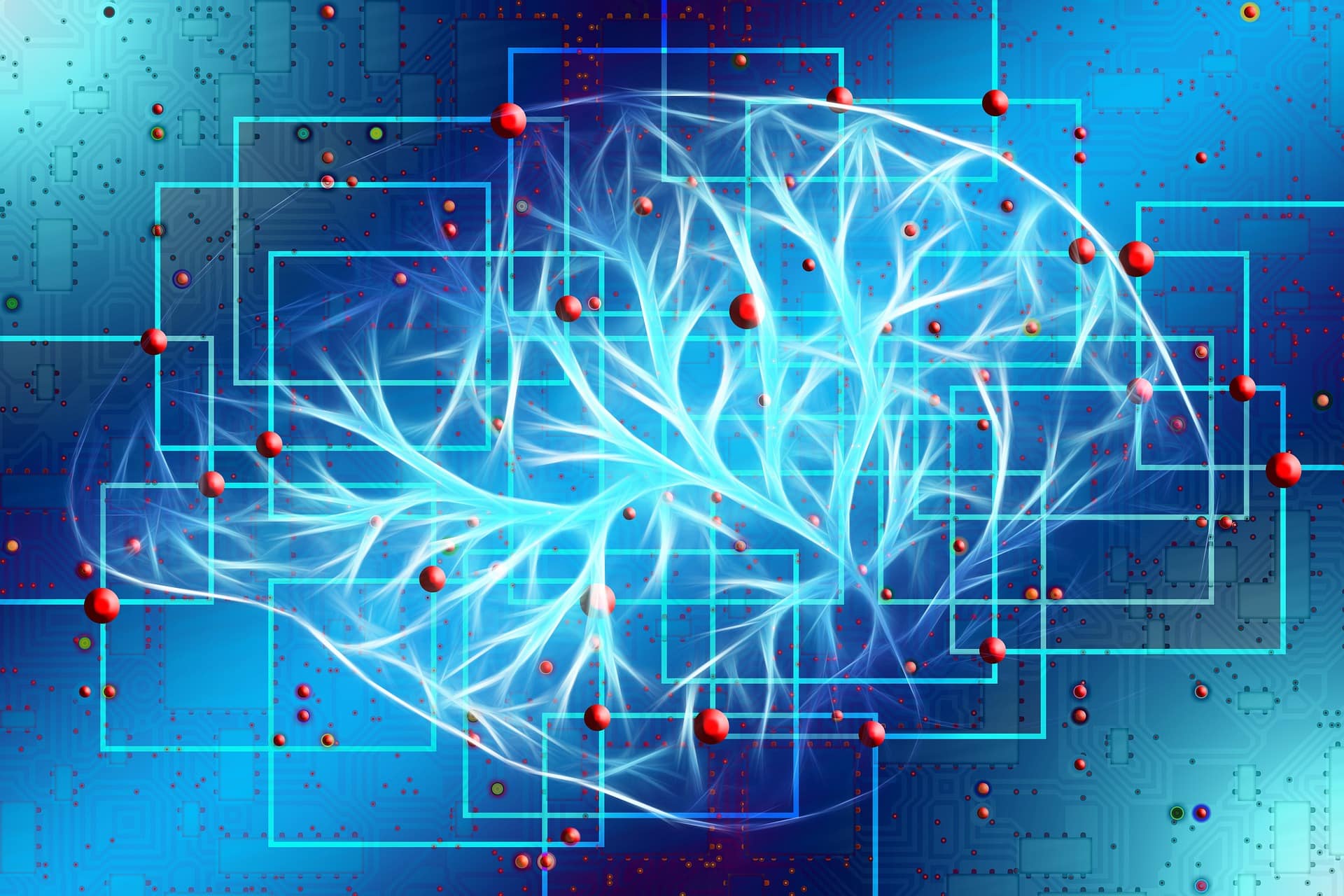The General Data Protection Regulation (GDPR) is a European Union (EU) regulation that was introduced in May 2018, aimed at protecting the privacy and personal data of EU citizens. With the rise of artificial intelligence (AI) and its increasing use in various industries, it is becoming crucial for organizations to understand the role of AI in ensuring GDPR compliance.
AI can be used to automate various processes, such as data collection, storage, and analysis. This has the potential to streamline the compliance process and make it more efficient, reducing the risk of human error. For example, AI algorithms can be used to identify and flag sensitive data, helping organizations to keep track of their data assets and avoid breaches.
Moreover, AI can also be used to ensure that data is processed in accordance with GDPR regulations. For example, AI can be programmed to ensure that only the minimum necessary data is processed, that data is erased when no longer needed, and that data subjects have the right to access their data. This helps organizations to avoid penalties and fines that may result from GDPR non-compliance.
Another area where AI can play a role in GDPR compliance is in automating the process of data protection impact assessments (DPIAs). DPIAs are mandatory under GDPR and must be conducted when a new process or technology that is likely to result in a high risk to the rights and freedoms of individuals is introduced. AI algorithms can be used to analyze data and identify potential risks, saving organizations time and effort in conducting these assessments.
However, it is important to note that AI is not a substitute for human judgment and decision-making. Organizations must still ensure that their AI systems are transparent, explainable, and that individuals have the right to access their data and understand how it is being used. Additionally, AI systems must be audited regularly to ensure that they are GDPR-compliant and that no breaches have occurred.
In conclusion, AI has the potential to play a significant role in helping organizations achieve GDPR compliance. However, it is important for organizations to understand the limitations of AI and to ensure that human judgment and decision-making remain a crucial part of the compliance process. By implementing AI systems in a responsible and transparent manner, organizations can ensure that they are GDPR-compliant and that the privacy and personal data of their customers is protected.
AI for consent management in case of the GDPR
Yes, AI can be used for consent management in the context of the General Data Protection Regulation (GDPR). AI-powered solutions can automate the process of obtaining and managing consent from data subjects, which includes ensuring that the process is transparent, secure, and in line with the GDPR’s requirements for obtaining valid consent. This can include things like presenting privacy notices in an easily understandable format, recording consents, and providing mechanisms for individuals to withdraw their consent. However, it is important to note that while AI can assist with the process, ultimate responsibility for compliance with the GDPR still lies with the data controller.
Ways how AI could be implemented for consent management in accordance with the GDPR is as follows:
- Privacy Notice Generation: An AI system can be trained to generate privacy notices in plain language that is easily understandable by the data subjects. This privacy notice should explain the purpose of collecting the data, how it will be used, who it will be shared with, and how long it will be retained.
- Consent Management: An AI-powered consent management platform can be used to obtain, store, and manage consents from data subjects. The platform can present privacy notices to the data subjects and allow them to give their consent in a secure and transparent manner. It can also record the date and time of consent and maintain a record of the data subjects’ choices.
- Withdrawal of Consent: The AI-powered consent management platform should also allow data subjects to withdraw their consent at any time, with the withdrawal of consent being recorded and respected by the data controller.
- Data Access and Management: The AI system can assist with data access and management, for example by securely sharing data with third-party service providers in accordance with the data subjects’ consents.
It’s important to note that while AI can help automate the consent management process, the data controller remains responsible for ensuring compliance with the GDPR and should thoroughly evaluate and test the AI system to ensure it meets the necessary requirements.
Futher possibilities of AI in the GDPR
- Chatbots: AI-powered chatbots can be used to interact with data subjects and obtain their consent for data processing. The chatbot can present the privacy notice and answer questions about data collection and use, allowing data subjects to provide their consent in a conversational manner.
- Predictive Consent Management: An AI system could be trained to predict which data subjects are likely to provide their consent for data processing based on past behavior and demographic information. This information can be used to target and optimize the consent management process.
- Consent Tracking: AI can be used to track and monitor the status of consent throughout the data processing lifecycle, ensuring that consents are up-to-date and valid.
- Smart Forms: AI-powered forms can be used to obtain consents in a user-friendly and efficient manner. The forms can automatically adjust to the data subject’s preferences and provide personalized privacy notices based on the data being collected.
These are just a few examples of how AI could be used for consent management in accordance with the GDPR. The specific implementation will depend on the data controller’s needs and the nature of the data being processed.
